Overheating is a worry for many parents. But then there is the challenge of a baby being cold at night as well. How to strike the perfect balance? What are the signs baby is cold at night? The American Academy of Pediatrics recommends keeping your baby cool at night as a way to reduce the risk of sudden infant death syndrome.
When it comes to being a new parent, one of the biggest challenges and hardest things to master in the beginning is learning your baby’s cues. Babies are unable to verbally communicate with us and say things like “I am freezing” or “It is too hot”. So, parents have to learn the signs of hunger, sickness, temperature, and so on.
Reader's Roadmap
The Challenges With Temperature
The big challenge with temperature is that babies cannot self-regulate their temperature as adults do. Their bodies will lose heat through unprotected surfaces, including heads, hands, or feet. This is called radiated heat.
Now, as they get older, babies improve their ability to regulate body temperature, but this happens when they enter the toddler phase. That is between 3 and 4 years of age.
But even at older ages, kids need reminders to dress well before going outside. Even teenagers do. Proper clothing is the way to go. That means layers of clothing.
What Should The Temperature Of Your Baby Be?
A normal baby temperature is considered a rectal reading. It is the most accurate way of taking a baby’s temperature. And it should be between 98 and 100.3 degrees Fahrenheit, or 36.6 and 37.9 Celsius. A temperature of 100.4 F or 38 C is considered a fever.
When your baby’s temperature is out of the normal range, it is a sign of illness. So, make sure to talk to your pediatrician.
And if the baby is younger than 3 months, a fever of 100.4 degrees F or higher on a rectal thermometer means urgent care.
What Is The Ideal Room Temperature For A Baby?
When it comes to the nursery of your baby, you do not want the room to be too hot or too cold. If you have the feeling your baby’s room is cold, your baby will have it as well.
Keep the temperature between 68 and 72 degrees F in the summer and winter (20 and 22 Celsius). Avoid putting extra heaters or AC units in the room of your little one. If your baby is preterm, turn up the thermostat up to 72 degrees F in the first few weeks. Remember, preterm babies, are slower to regulate their temperature.
As always, you can use pajamas, blankets, swaddles, and other clothing to regulate the temperature of your baby.
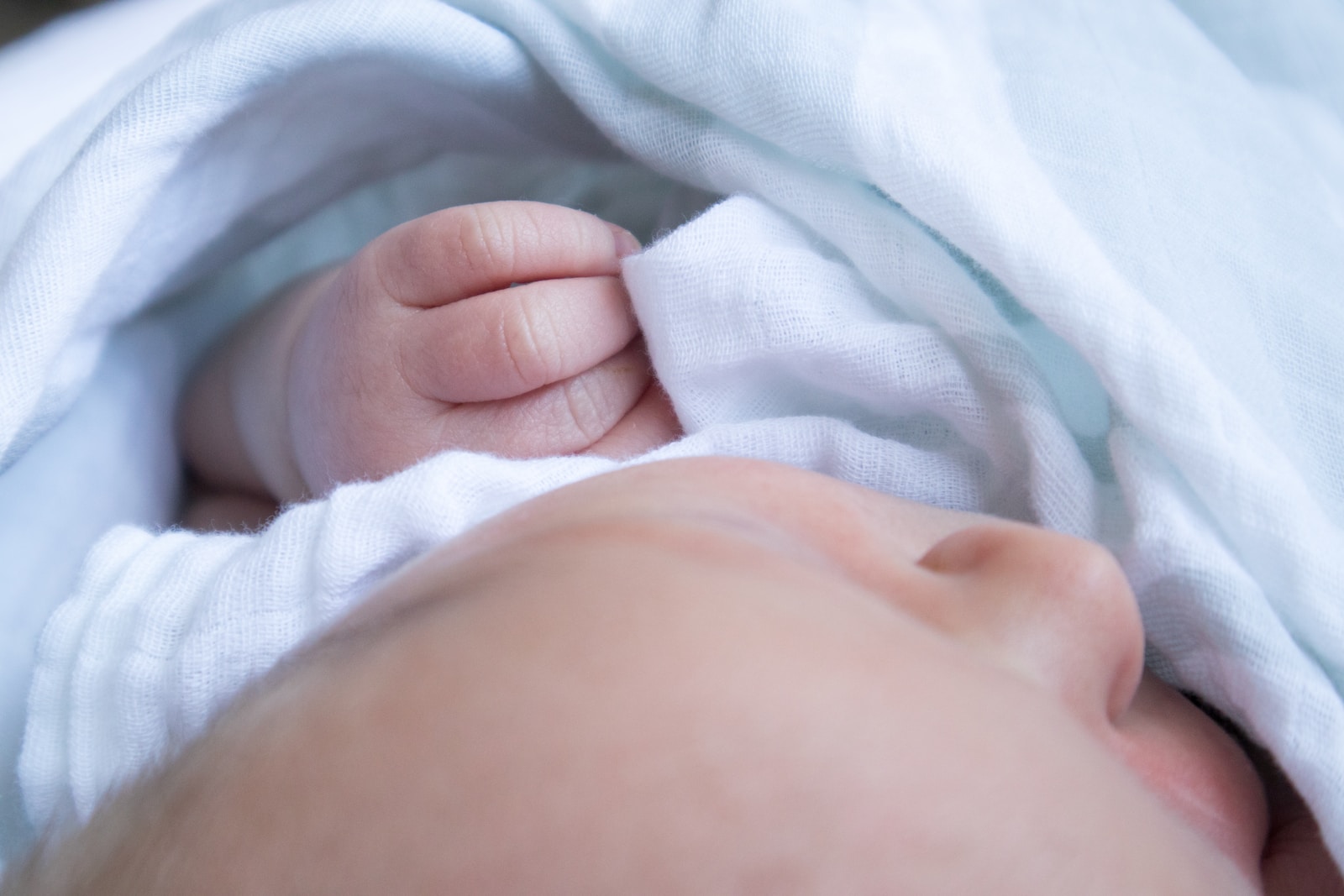
How To Tell Your Baby Is Cold?
In the beginning, learning all of your baby’s cues will feel overwhelming. But soon, it will become second nature to you. And once it becomes, you can easily and simply regulate your child’s temperature. With that in mind, here are some of the clear signs baby is cold at night.
Cold Hands And Feet
This is a poor indicator of the overall body temperature. Remember, heat escapes quickly through the hands and feet because they are usually the most exposed areas. But they should be warm as the rest of the body.
So, if the hands and feet are too cold, throw in an extra layer for safety precautions.
Pale Skin
When your baby is feeling cold at night, it will have paler skin than usual. If the pale skin is accompanied by inactivity and being lethargic, it is a sign of hypothermia. If that is the case, slowly warm your baby by wrapping it in blankets.
Putting a hat on the head is helpful since babies lose a lot of heat from their head.
Shivering Or Shaking Often
One of the first signs baby is cold at night is shivering. Now, it is normal for babies to shiver when they are cold. But if it happens often, it is a clear sign they are too cold.
Remember, babies have little fat on their bodies, so they cannot retain heat well. And when your baby shivers and shakes, muscles contract and expand quickly. This is a way babies use to produce extra warmth and try and maintain a comfortable temperature.
When babies shiver, they will not be able to maintain a normal state of restfulness. This will result in a fussy and irritable baby. And you do not want that.
Blue And Purple Lips
An obvious sign of a baby being cold at night is blue lips or purple lips. When the lips are purple or blue color, it means they cannot generate enough heat to stay warm. You can fix it by sharing your body heat. Snuggle close to your baby and help it warm up.
Or use a heated blanket, a warm bath, or a hand warmer to get your baby’s temperature up.
Slower To Feed
You will notice your baby is too cold at night when it is slower to feed when nursing. Because their body temperature doesn’t generate enough heat, they have a harder time regulating their blood flow. And that means blood flow will be diverted from the digestive system. As a result, your baby will take a longer time to digest the milk.
So, if your baby is slow to feed when nursing, it means it is cold at night.
Do Not Move Or Talk As Much
One of the signs baby is cold at night is when your baby is not moving or talking as much. Simply put, they do not have the energy needed to move or make noise. They are also less likely to suck on their fingers, engage in eye contact, or reach for objects.
They Seem Fussy For No Reason
In the early stages of being cold, your little one will fuss for seemingly no reason. Nothing else is wrong, but they will fuss to let you know they are cold. Add some socks or a warmer outfit to fix it.
Sneezing
Sneezing is an age-old sign of being cold. Even adults show this sign when they are cold. And when a baby starts sneezing, it is a clear sign of being cold. It happens as a response to the hypothalamus, a part of the brain that controls body temperature.
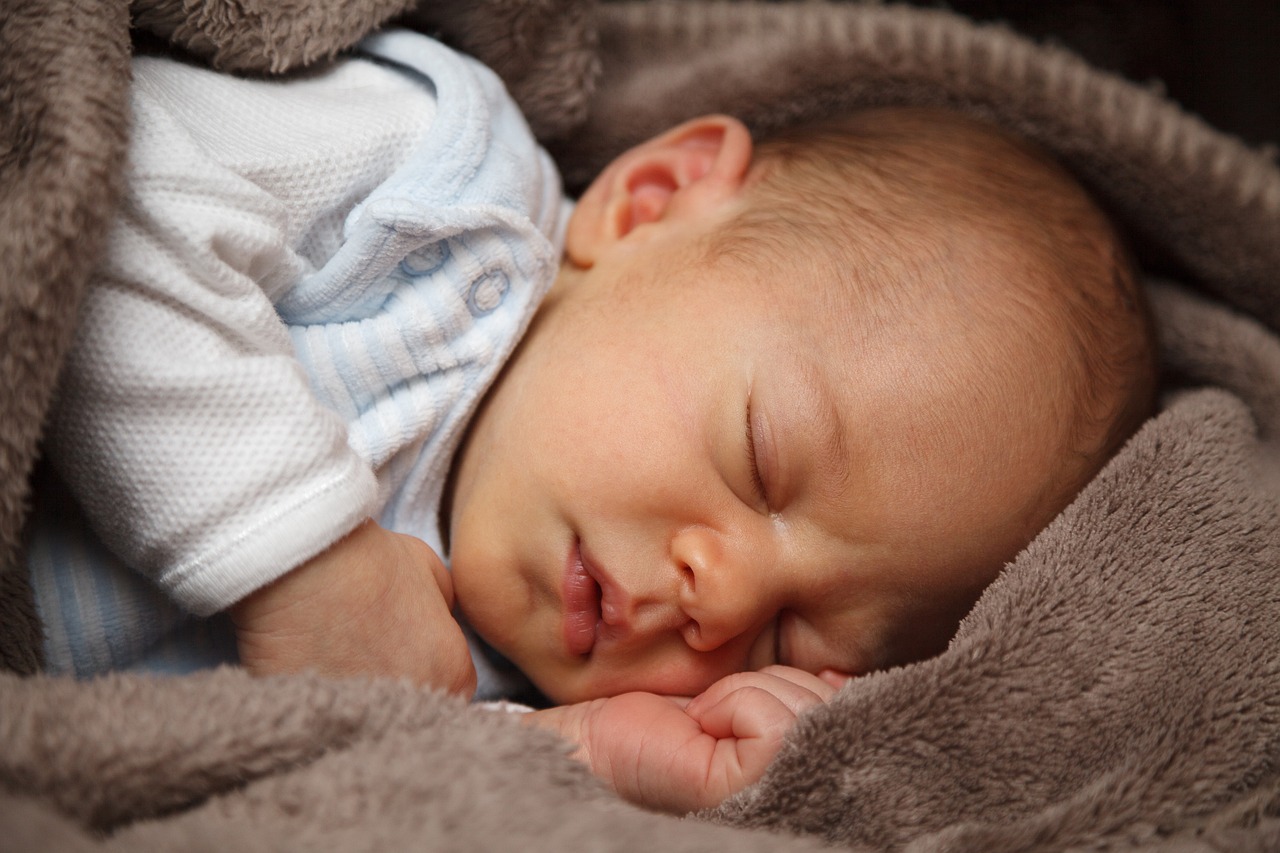
Should You Dress Your Baby At Night?
A general rule of thumb is to dress your baby one layer more than what you wear. Or one layer more than older children. That means a one-piece sleeper plus a sleep sack, for example. And if it is really cold outside, you can add another layer, say, a long-sleeved onesie under its sleeper. When it is warm outside, choose clothing made of lighter fabrics.
You can also try swaddling your baby with either a blanket or a sleep sack. But make sure the sleep sack is not too large with additional fabric. And stop swaddling your baby once he can roll over because it will increase the risk of suffocation. Never swaddle your baby too tightly around the hips.
Should You Use Sleep Sacks, Blankets, Socks, And Hats For Nap Or Bedtime?
As we said, sleep sacks are useful for swaddling babies. Blankets can be used to wrap your baby, but sleep sacks are easier to manage.
Some experts recommend avoiding socks and hats because they can make your baby too hot. But cotton beanie hats are useful and safe for babies to wear at night. They have light material that will prevent baby overheating. Remember, babies lost up to 20% of their body heat through their heads.
Are There Risks Of Baby Being Too Cold?
Babies who are too hot or too cold can be irritable and restless. They can develop a fever, and in extreme cases, it can pose danger to the health of your baby.
When babies are too cold, they become less responsive. If your baby is cool to the touch, or lethargic and unresponsive, call your pediatrician.

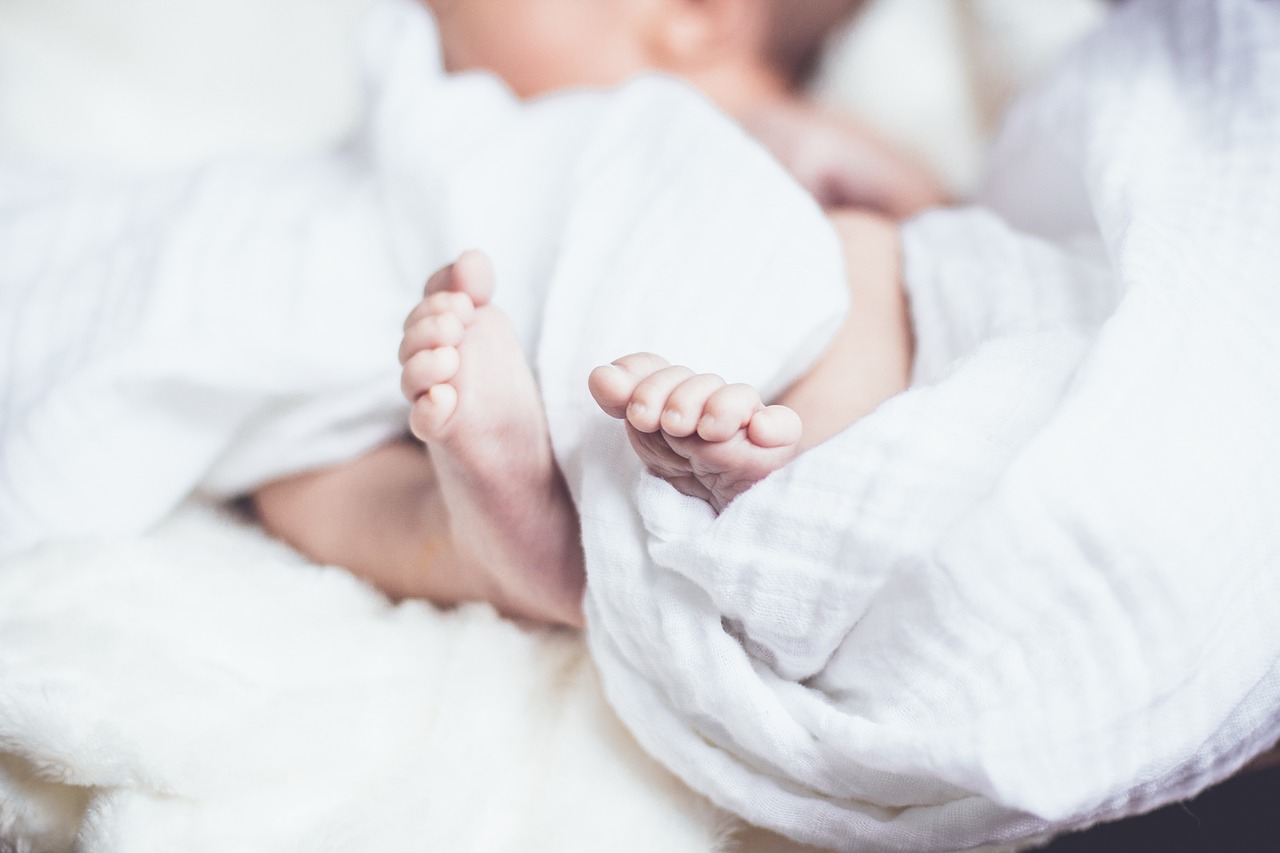
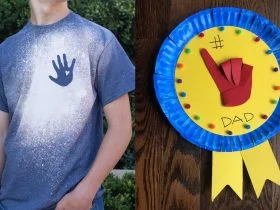
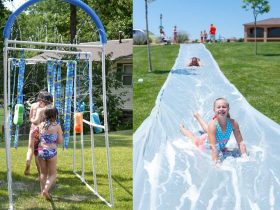
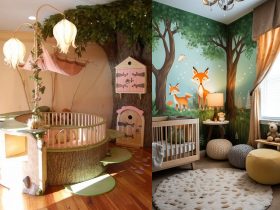


Leave a Reply
View Comments